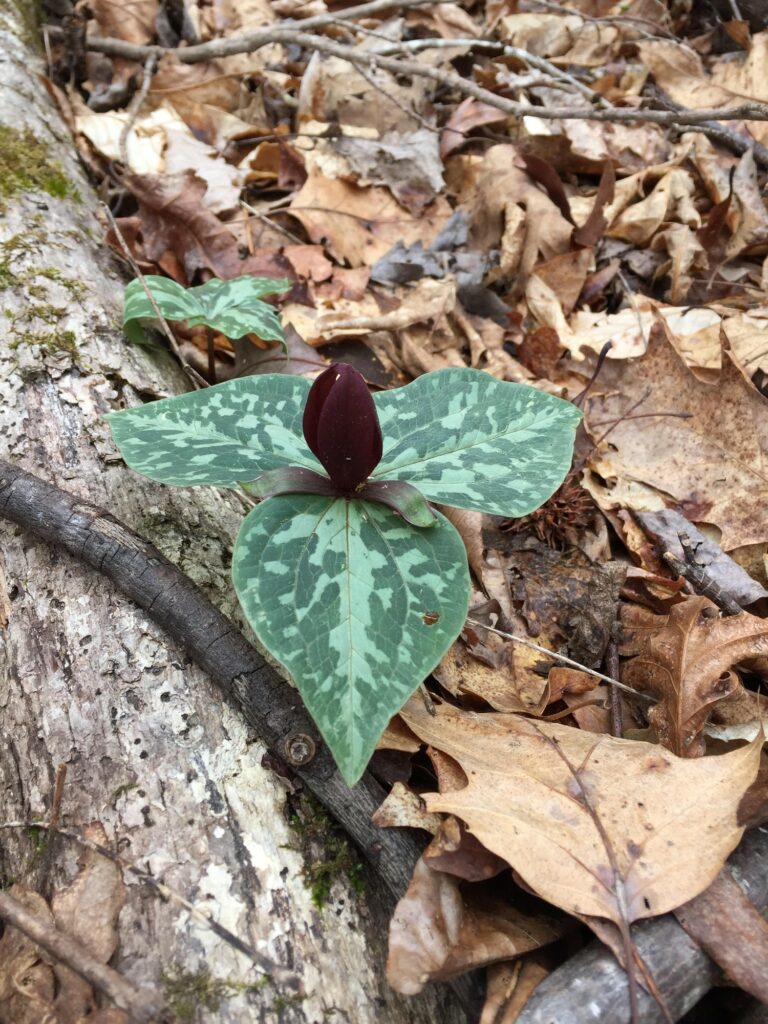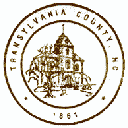Count Pollinators…Pollinators Count
go.ncsu.edu/readext?990556
en Español / em Português
El inglés es el idioma de control de esta página. En la medida en que haya algún conflicto entre la traducción al inglés y la traducción, el inglés prevalece.
Al hacer clic en el enlace de traducción se activa un servicio de traducción gratuito para convertir la página al español. Al igual que con cualquier traducción por Internet, la conversión no es sensible al contexto y puede que no traduzca el texto en su significado original. NC State Extension no garantiza la exactitud del texto traducido. Por favor, tenga en cuenta que algunas aplicaciones y/o servicios pueden no funcionar como se espera cuando se traducen.
Português
Inglês é o idioma de controle desta página. Na medida que haja algum conflito entre o texto original em Inglês e a tradução, o Inglês prevalece.
Ao clicar no link de tradução, um serviço gratuito de tradução será ativado para converter a página para o Português. Como em qualquer tradução pela internet, a conversão não é sensivel ao contexto e pode não ocorrer a tradução para o significado orginal. O serviço de Extensão da Carolina do Norte (NC State Extension) não garante a exatidão do texto traduzido. Por favor, observe que algumas funções ou serviços podem não funcionar como esperado após a tradução.
English
English is the controlling language of this page. To the extent there is any conflict between the English text and the translation, English controls.
Clicking on the translation link activates a free translation service to convert the page to Spanish. As with any Internet translation, the conversion is not context-sensitive and may not translate the text to its original meaning. NC State Extension does not guarantee the accuracy of the translated text. Please note that some applications and/or services may not function as expected when translated.
Collapse ▲By Cindy Gilbert, Extension Master Gardener℠ Volunteer of Transylvania County
 We await the coming of Spring Ephemerals (native plants that emerge in spring and fade as temperature and light change in early spring). Soon there will be active pollinators as the temperature rises above 50 degrees. There will be roving insects that are selective in their tastes and provide needed pollination to make the next generation of plant species possible. Where do pollinators come from? Where do they go? And more importantly—why are they important? Pollinators are a critical part of our everyday ecosystem. They are an integral link in our human food chain, and if interrupted cause measurable disruptions and could cause extinctions of species creating imbalances. We need to know what pollinators we already have in our gardens.
We await the coming of Spring Ephemerals (native plants that emerge in spring and fade as temperature and light change in early spring). Soon there will be active pollinators as the temperature rises above 50 degrees. There will be roving insects that are selective in their tastes and provide needed pollination to make the next generation of plant species possible. Where do pollinators come from? Where do they go? And more importantly—why are they important? Pollinators are a critical part of our everyday ecosystem. They are an integral link in our human food chain, and if interrupted cause measurable disruptions and could cause extinctions of species creating imbalances. We need to know what pollinators we already have in our gardens.
Before we see pollinators on our flowers, they are living in nooks and crannies out of sight near and in our gardens. NC State Extension researchers and citizen scientists have discovered that the hollow plant stalks left standing 1-2 ft above the ground and layers of leaves left from last year’s growth have made good habitat for over-wintering pollinators. The study of native pollinator plants, including milkweed, coneflower, snakeroot, Joe Pye, bee balm, mountain mint, goldenrod, and aster, revealed immature pollinators. Being too tidy and removing the stems from the ground disrupts habitat. The old stems fall away as new growth comes.
The early ephemeral bloodroot (Sanguinaria canadensis) with snowy white blossoms and yellow stamens has no nectar but does have pollen. Native mining bees, honeybees and flies pollinate the flowers. After the flowers fade away, ants disperse the seeds. This is teamwork in the natural world.
Tourists and locals alike make pilgrimages and hikes hunting the gems of the season. Staying on the path both in the forest and at home protects the plants that emerge in spring. Leave the flowers to reproduce in place! The escarpment just to our south is a striking location to see elevation’s differences in climate. Monarchs and hawks are counted by citizen scientists by the thousands. So why not count pollinators? North Carolina is home to five bee families and 500 species of native bees, 177 species of butterflies, and 2,800 species of moths according to the NC Pollinator Conservation Alliance.
In 2023 North Carolinians participated for the first time in an annual pollinator count called the Great Southeast Pollinator Census first organized by Master Gardeners and the Extension Service in Georgia. Last year, Transylvania County had 124 counters who logged their sightings. Join this year’s count on Friday, August 23, and Saturday 24, 2024. For local Transylvania County information, refer to the online calendar of events and for general pollinator census information.
Prepare for the census by “training” online. Select a pollinator plant of your choosing. Watch it closely for 15 minutes. Count the number of trips a pollinator takes going to a flower. Identify the category of pollinator (carpenter bees, bumble bees, honey bees, small bees, wasps, flies, butterflies, and moths). Identification help is found on-line. Do not worry if you are counting the same pollinator over and over. That is just what they do. Finally upload your data to the registry. Congratulations! You will have participated in the count. You can repeat the counting as many times as you would like during the two days of the census.
Researchers, teachers, students, citizen scientists, and you can learn something first hand about pollinators by taking a few minutes to stop and observe. I did and my greatest challenge was deciding which plant to watch and perhaps sitting still for 15 minutes. You can do this by yourself, or even better, with a small group.
Public demonstration gardens maintained by Master Gardeners in Transylvania County are a good place to examine pollinator plants. These gardens are accessible to the public. If you want to start or expand your pollinator garden, information is available at the Transylvania County Farmers Market on the 1st, 3rd, and 5th Saturdays at the Master Gardeners Booth. And finally, your Master Gardeners will have a wide selection of pollinator plants for sale at their annual plant sale in the Ingles parking lot, on Saturday, May 11 from 8:00 a.m. to noon. For more information contact Maryann (828) 884-3109 at the N.C. Cooperative Extension,Transylvania County Center.




